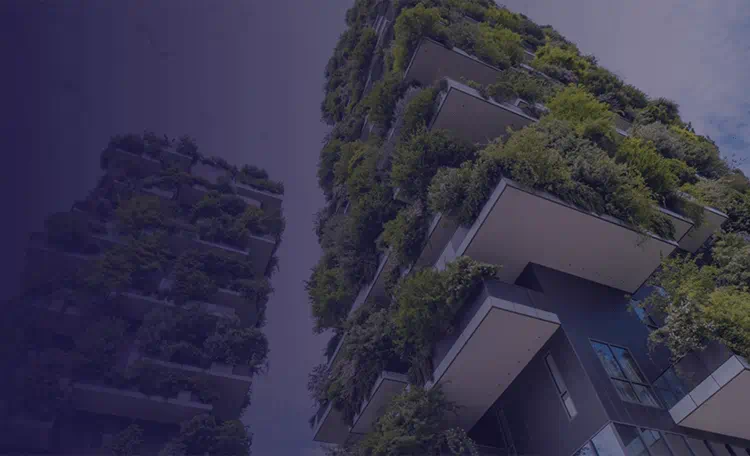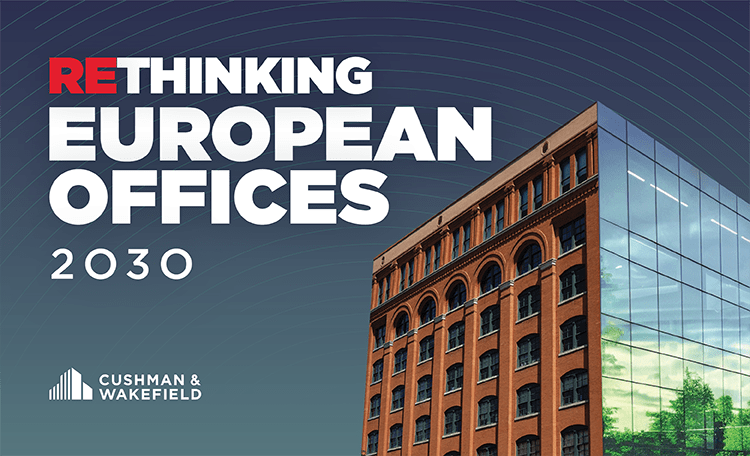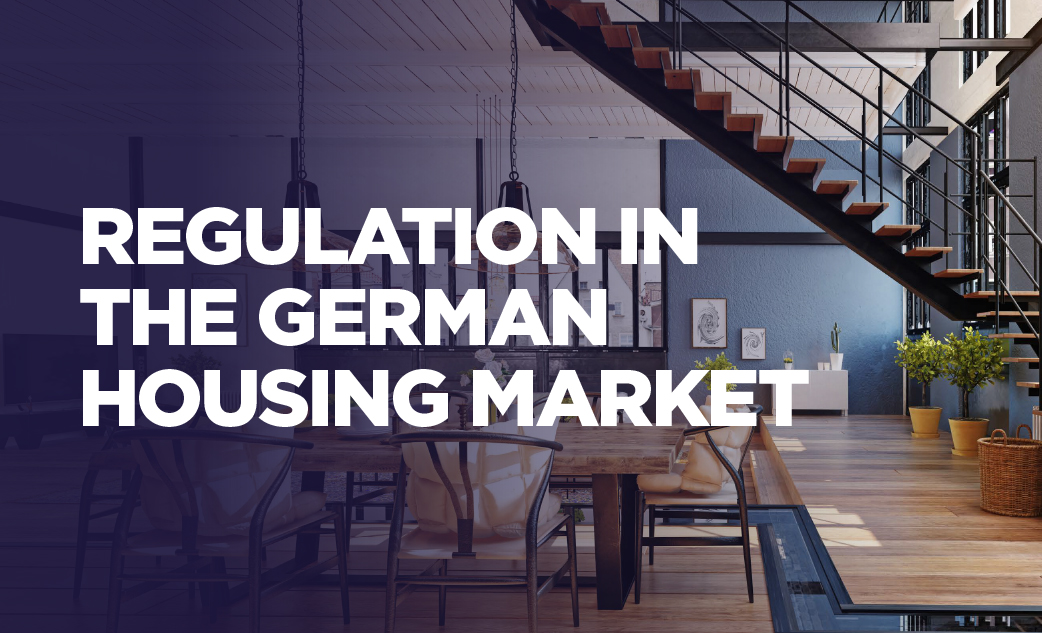The Hamburg Senate's "Contract for Hamburg" and the "Alliance for Housing" with Hamburg's housing associations set a target for at least 10,000 housing units to be approved annually, 30 percent of which should be socially subsidised. Even in the crisis-ridden 2020, this was achieved. Already in 2019, 36 percent more building permits were issued than the 10-year average. Building completions are also hovering around 10,000 per year. In this respect, this policy is successful in the medium term.
Excess demand in the residential housing market
The housing shortfall in Hamburg is estimated at about 90,000 dwellings making pent-up demand the major demand driver, accounting for some 85 percent. The very low current vacancy rate of only 0.5 percent underlines the shortage. However, due to the various political measures taken, housing stock growth (plus 10 percent by 2030) exceeds the growth in the number of households (plus 4 percent by 2030). This is in positive contrast with the situation in the other major German cities. Overall, however, rental and purchase prices are expected to continue to rise in the medium term due to continuing excess demand and low vacancy rates.
Residential rents have doubled in 20 years
Rents in Hamburg have been rising steadily for 20 years. While the average initial letting price per square metre of prime apartments (the most expensive 5 percent) was EUR 11.25 in 2000, it was EUR 22.30 by 2020; an increase of 98 percent. Prime re-letting rents rose by slightly more, by 101 percent, over the same period. These prime rents are achieved near the Alster and in HafenCity. The highest availability of rental flats in terms of to-let advertisements is to be found in Hamburg-Mitte, Eimsbüttel and the borough of Wandsbek.
Prices for condominiums have quadrupled
The key residential investment market indicators in Hamburg have risen still more steeply and point to a continued upward trend. Whereas 20 years ago a new-build square metre in the most expensive 5 per cent of the market cost an average of EUR 2,673, by 2020 it had risen to EUR 10,436. The highest prices for condominium apartments are in the districts of Eimsbüttel, Hamburg-Mitte and -Nord. The largest numbers of for sale advertisements are placed for properties in Wandsbek, Hamburg-Nord and Eimsbüttel.
Project developments within the city area
"Mitte Altona" is one of the most important urban district developments in Hamburg and is being realised in two construction phases on the basis of an agreed master plan. The first was started in 2015 – with completion of its 1,600 new residential units planned for 2022. Before the second construction phase, which will include 1,900 additional residential apartments, can begin, the completion of various planning processes and the relocation of the long-distance and regional railway station are still necessary. Other major projects underway include the Ipanema with 523 apartments plus office space in City Nord and Überseequartier Süd comprising 646 apartments and retail in HafenCity.
Investment market in national comparison
Together with Berlin and Munich, Hamburg is one of the top 3 residential investment markets in Germany. In 2020, residential property transactions with a total volume of EUR 682 million took place in the city (Berlin: EUR 2.3 billion; Munich: EUR 812 million) with an average purchase price multiple for apartment buildings of 29 (Berlin: 32, Munich: 40).
>> Read the full report here.






